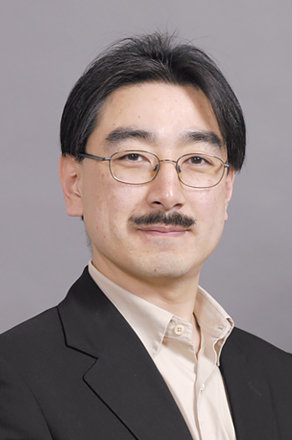
Compound semiconductor devices
for functional diversification of electronics
Laboratory on Compound Semiconductor Electronics
Professor:SUZUKI Toshi-kazu
E-mail:
[Research areas]
Compound semiconductor electronics
[Keywords]
Compound semiconductors, High-speed devices, Energy-saving devices, Device characterization
Skills and background we are looking for in prospective students
Fundamental understandings of physics/mathematics with logical abilities are important, although they are not necessary conditions.
What you can expect to learn in this laboratory
Acquiring compound semiconductor device fabrication and characterization/measurement technologies, it will be possible to physically consider and understand the behavior of electrons in devices. This will be the foundation for future activities in various fields of electronics. In addition, it is encouraged to join collaborative research programs with industry, in order to have a firsthand knowledge of industrial electronics. We also place the importance of presentation skills.
【Job category of graduates】
Electric appliance, Semiconductor device and electronic component, Semiconductor manufacturing equipment, Information and communication, Automotive
Research outline
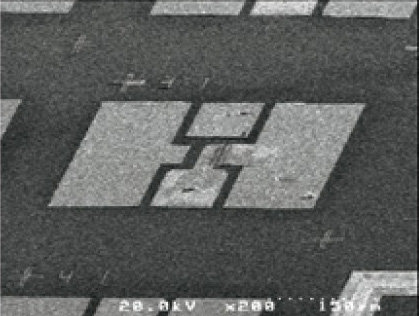
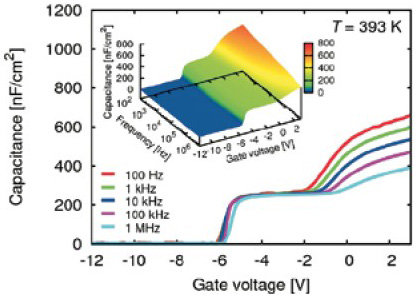
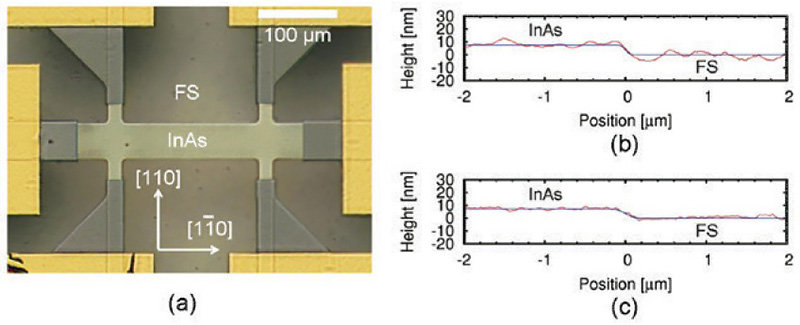
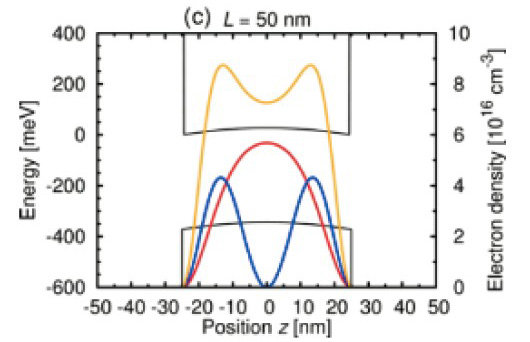
Functional diversification of electronics
The "More Moore" paradigm based on Si-device scaling is facing fundamental limitations. In order to develop future electronics, functional diversification from the viewpoint of "More than Moore" is quite important. Compound semiconductor devices will play important roles towards such functional diversification.
Why compound semiconductors?
There are various compound semiconductors with various physical properties, which are beneficial for various device functions. In particular, compound semiconductors with excellent electron transport properties and/or those with direct energy bands are suitable for excellent electron devices and/or optical devices. Narrow-gap compound semiconductors exhibiting high electron mobilities and high electron saturation velocities, such as InAs, are useful for high-speed device applications. Also, narrow-gap compound semiconductors having energy gaps corresponding to mid-infrared (MIR) light can be applied to optical devices in the MIR range. On the other hand, wide-gap compound semiconductors, such as GaN and AlN, have energy gaps corresponding to ultraviolet (UV) light, which are beneficial not only for UV optical device applications, but also for high-power electron device applications because of their high breakdown voltages. Since GaN exhibits a high electron saturation velocity owing to its large optical phonon energy and band structure, although its electron mobility is not so high, we can expect excellent high-speed, high-power, and energy-saving performances of GaN-based devices.
Our researches
Towards functional diversification of electronics, it is important to use compound semiconductors “in the right material in the right place”. Our laboratory is engaged in researches on compound semiconductor devices aiming at future high-speed and energy-saving applications. We develop device fabrication technologies using narrow- and wide-gap compound semiconductors. Moreover, device characterization/measurement technologies are developed in order to obtain deeper insights into device operations.
Key publications
- Low-frequency noise in AlTiO/AlGaN/GaN metal-insulator-semiconductor field-effect transistors with non-gate-recessed or partially-gate-recessed structures, D. D. Nguyen, Y. Deng, and T. Suzuki, Semicond. Sci. Technol. 38, 095010 (2023).
- Mechanism of low-temperature-annealed Ohmic contacts to Al-GaN/GaN heterostructures: A study via formation and removal of Ta-based Ohmic-metals, K. Uryu, S. Kiuchi, T. Sato, and T. Suzuki, Appl. Phys. Lett. 120, 052104 (2022).
- Electron mobility anisotropy in InAs/GaAs(001) heterostructures, S. P. Le and T. Suzuki, Appl. Phys. Lett. 118, 182101 (2021).
Equipment
Molecular beam epitaxy system
Electron-beam/UV lithography systems
Semiconductor parameter analyzer
Network analyzer
Dynamic signal analyzer
Teaching policy
- Engineering with a scientific mind
- Step-by-step with being convinced
- Good collaboration between faculty and students
- Creating a basis for future electronics
[Website] URL : https://www.jaist.ac.jp/nmcenter/labs/suzuki-www/